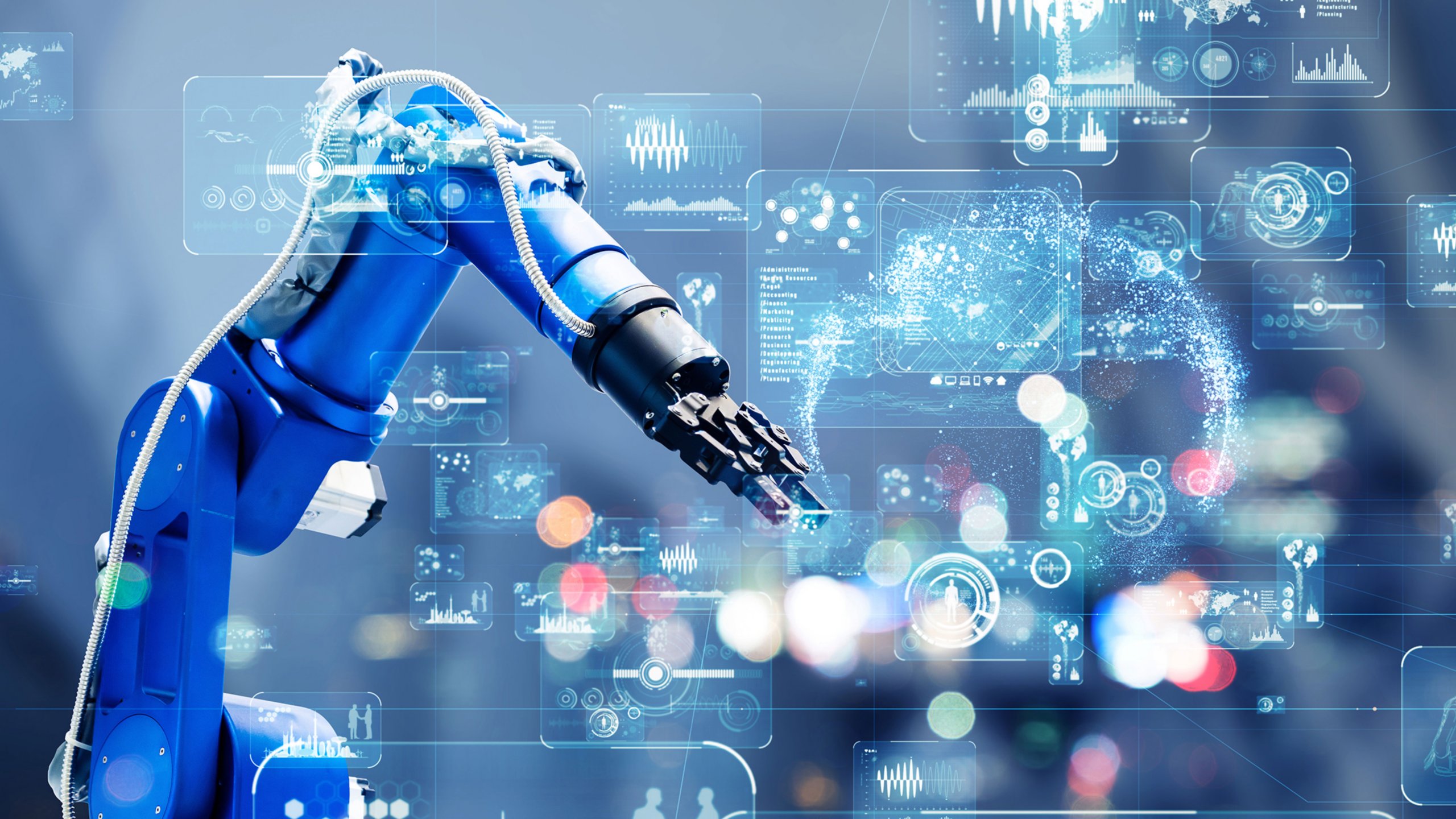While digitalization has become a crucial goal across sectors, the application of digital solutions in manufacturing comes with added complications. Given the material nature of industrial process assets and equipment, the emphasis for manufacturing investment has still been predominantly hardware based, with upgrading plant machinery essential to meet production demand.
As companies adapt to new global circumstances around supply-chain management and closer integration with partners and customers, investment in IT is gaining greater focus. Cloud-based software is therefore on a growth trajectory within the manufacturing sector as more companies experience the efficiency and cost benefits of working in the cloud.
According to a recent industry report, for the first time ever, the average manufacturer will spend more on industrial software than on automation hardware. This marks an important turning point for the sector as the shift towards softwarization sets an irreversible course. To maximize the value of this investment, achieving convergence of OT and IT across the manufacturing lifecycle will be a key objective for businesses in the digital era.
The New Supply and Demand
Manufacturing has always been a supply-and-demand story. To stay competitive, it’s necessary that companies are attuned to shifts in the market and have the agility to increase or decrease production based on a feedback loop of sales data.
Now, with major economic and geopolitical shifts in full effect, the supply-demand equation is changing. On the supply side, manufacturers are dealing with challenges around the visibility, reliability and security of their supply chains. Not only are they seeking greater insight into the availability of materials, but also predictability around costs to determine price competitiveness moving forward.
Another notable change has been how manufacturers are engaging with their supply-side partners. As speed and resilience become key priorities, they’re seeking a more dynamic, data-driven relationship with OEMs. This ensures they can create an environment that can adapt to changes, predict problems and reduce the risk of downtime.
On the demand side, manufacturers are seeking to shift from B2B to a B2C-type relationship with their customers. Using digital technologies to establish a two-way interface, manufacturers can interact with end users in real time. This serves the purpose of gaining a better understanding of their needs, gaining feedback and adapting products to ensure satisfaction and differentiation. It also presents a fundamental change regarding their role in the supply chain, in effect becoming less transactional and more responsive to market information.
Gaining greater control over both sides of the supply-demand equation is difficult to achieve in a conventional hardware-led manufacturing. The approach for addressing this challenge brings with it an urgent need to implement connected, data-driven capabilities into the production environment.




